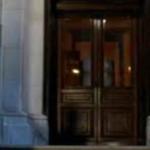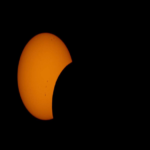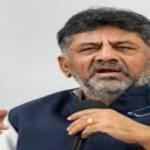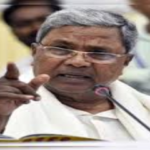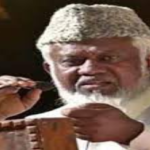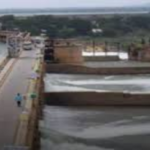The untold story – Significance of Battle of Haifa: Mysore Lancers role in liberation of Haifa & Jerusalem
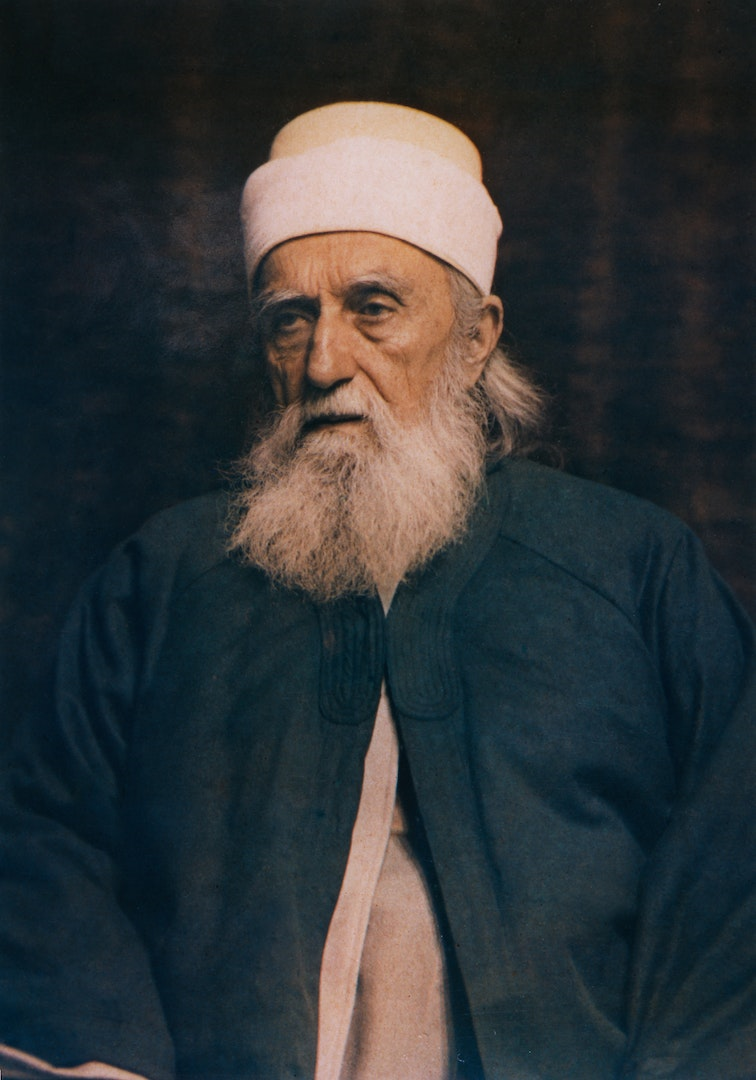
September 23 is celebrated as Haifa Day
Not many outside the Army are aware of the Mysore connection to Haifa. On September 23, 1918, Mysore Lancers, the personal army of the Mysore Maharaja, played a crucial role in winning one of the greatest Cavalry battles in the World. Allied Powers in World War I, Mysore Lancers along with the Jodhpur Cavalry and British’s 15th Imperial Cavalry Brigade, soldiers charged on Turkish positions in and around the city of Haifa (in modern day Israel). The Indian soldiers were armed only with lances and swords while the Turks were armed with artillery and machine guns.
A hundred years have passed since then cavalry regiments of the Mysore, the Jodhpur and the Hyderabad Lancers, have been celebrating the day (Sept 23) as Liberation of Haifa and honoring the brave soldiers who laid down their lives fighting the Ottoman Empire in 1918.
In this great war, the contributions of the Mysore Lancers is significant and immense especially for the Bahai community globally and the existence of the modern state of Israel.
World War I also paved the way for the British 15th Imperial Service Cavalry Brigade to defeat the Ottoman and German soldiers and to liberate a strategically important town Damascus, Jerusalem, Tigris, Baghdad, Mesopotamia and Kut-al-amara.
Globally the victory, which is observed as Haifa Day on September 23 by the Indian Army in India, descendants of Mysore Lancers families and is also important for the Bahai community.
On that day, Mysore Lancers rescued Abdul Baha, the eldest son of Baha-u-llah, the founder of the Baha’i faith and secured him.
The Mysore Lancers, which was created in 1892, played a significant role in defeating the enemies, and led Abdul Baha out of captivity. A day’s delay, Ottoman and Germans would have executed Abdul Baha.
This act has made Bahai community globally to be indebted to Mysore Lancers and Mysore Maharaja Nalvadi Krishnaraja Wadiyar (for personally sending his brother-in-law Col J Desraj Urs and selecting bravest of soldiers from his army).
The war and liberation of Haifa today stands as a great example of how people from multiple faiths contributed to safeguard a religion and people live in harmony.
Last Cavalry charge/battle in the world
The battle of Haifa was incidentally the last cavalry battle to have been fought. The battle was fought alongside the British 15th Imperial Service Cavalry Brigade to defeat the Ottoman and German soldiers and liberate a strategically important port town.
The battle took place around two months before the end of World War 1. During the battle, the horsemen from Mysore, handpicked by Maharaja of Mysore Nalwadi Krishnaraja Wadiyar, attacked the town and captured more than 1,350 soldiers.
As per the records, the British’s 5th Cavalry Division was assigned the task of capturing Haifa. Since the defenders of the city were well-entrenched, the initial attacks were not successful, which is when the Mysore and Jodhpur Lancers were called in to finish the job.
Mysore Maharaja’s contribution
The soldiers of Mysore Lancers were a personal force of the Mysore Maharaja. Headed by his brother-in-law Col Desraj Urs. The maharaja after he pledged troops for the war, the lancers were his first choice it is said
The maharaja contributed Rs 50 lakh from his personal account and raised 700 soldiers from his cavalry as his contribution to the war.
The Mysore Lancers regiment after its integration with Indian Army’s 61st Cavalry, the remains (buildings and land) today rest with the Karnataka State Reserve Police.
The great horse battle on the slopes of Mt Carmel, Israel
In October 1914, the Mysore regiment left Bengaluru (then Bangalore) for the Middle East. A convoy of 36 ships carried the troops from India to the Suez Canal.
On September 23, 1918, the task in front of the cavalry seemed impossible. Situated between the Kishon River and the slopes of Mount Carmel, the city was well-defended and was supported by artillery guns. While the Jodhpur Lancers were tasked to capture these artillery positions, the Mysore Lancers were ordered to attack the town from the east and north.
The Mysore Lancers moved into position by climbing up a steep track to capture and disable the guns.
A squadron of the Mysore Lancers and a squadron of the Sherwood Rangers Yeomanry, supported by B Battery, Artillery Company, attacked the Austrian battery of light field guns on the slopes of Mount Carmel. The squadron of Mysore Lancers had moved into position by climbing up a steep track to capture and silence the guns.
While the Jodhpur Lancers launched the main mounted attack on the rear-guard of the German machine gunners, which blocked the 3.2km road leading to the town. This was followed by the final push by both units.
At the end of the bloody battle, the two regiments captured 1,350 German and Ottoman prisoners, including two German officers, 35 Ottoman officers, 17 artillery guns, including four 4.2 guns, eight 77mm guns, four camel guns as well as a 6-inch naval gun, and 11 machine guns. Eight cavalrymen from the Mysore Lancers lost their lives in the battle, while 34 were wounded.
The Mysore Lancers returned home in 1920 after participating in other campaigns of the British armies. Post-independence, the Lancers units were merged with the Indian Army’s 61 cavalry. While the identity of the Mysore Lancers was lost after the merger, the Indian Army still remembers the history of the unit that did the impossible in World War I.
Strategic port town
Haifa was a strategically important location for the Allied Powers – led by France, Britain, Russia, Italy, Japan, and the United States – as it had a deep-water harbour and an airfield. Haifa became one of the main supply bases and arms depots, serving the Middle East forces during the war. A large naval depot was established at Haifa Bay. When the Ottoman Empire captured this town, they made sure it was defended heavily as it was a major resupply point. And when the allies began the Sinai and Palestine campaign, recapture of Haifa was a priority.
The town is the IT capital of Israel. What is Bengaluru to India, Haifa is to Israel.
Every year on 23rd September the Indian Army commemorates Haifa day, when two Indian cavalry
brigades fighting under British General Edmund Allenby during World War 1 helped liberate Haifa,
Israel, from the Turkish-German forces in 1918. In the year 1918, the Jodhpur Lancers, Mysore
Lancers and Abdu’l-Baha were connected in this historic event. With the initiative of the organisers
after 104 years the Bahá’í community of Karnataka, Mysore Lancers and other Institutions have
come together to recount the stirring saga of courage shown by the Mysore Lancers and the
personality of Abdu’l-Baha who was a champion of peace and reconciliation.
The courageous uphill assault by the Indian Lancers, from Mysore, and Jodhpur, which took the
German and Turkish troops by surprise. The Turkish and German artillery and machine gun
emplacements on top of mount Carmel is also commemorated by the Haifa monument, that stands
at one of New Delhi’s busiest intersections, the Teen Murthi chowk.
One of the residents of Haifa in 1918 was ‘Abdu’l-Baha, the son of the Founder of the Baha’i Faith,
and designated by him as his successor. The enemies of Abdul Baha had reported to the Ottoman
empire, that he was constructing a fort in Mount Carmel, which was not a fort but the Shrine of the
Bab, the co-founder of the Baha’i Faith.
The Ottoman empire had decided to punish the Master Abdul Baha. The commander of the Turkish
forces in Syria and Palestine Jamal Pasha had threatened to crucify ‘Abdu’l-Baha and destroy the
Baha’i Holy places in Haifa and nearby Acre. At this juncture, as per the direction of the British
Empire, there was a British Indian army which was sent to protect the life of Abdul Baha. The
Commander of the British Army General Allenby met Abdul Baha, he sent a cable to the British
empire, that he was safe. This was read in the British parliament, among the huge cheers of the
members. Though the Indian soldiers — the Jodhpur and the Mysore Lancers— were armed only
with lances and spears and faced machine gun fire as they charged forward, their victory was
unexpectedly swift, and Haifa was captured with relatively few casualties.
With the liberation of Haifa, the threat to ‘Abdu’l-Baha’s life was lifted.
“Abdu’l-Baha spoke of India as a land endowed with brilliant capacity, and expressed the hope that
they would work to unite its peoples”.
We Baha’is, salute the Indian Cavalry, who had fought valiantly to save Abdul Baha and the city of
Haifa.
Bahai Faith stands for Unity of Mankind, the fundamental theme of the Hindu philosophy, Vasudaiva
Kutumbakam, the world administration outlined by the Bahai scriptures gives a road map so as to
establish oneness of Mankind.
On November 28, 1921, ‘Abdu’l-Bahá passed away in Haifa, Israel. His life and legacy are
commemorated throughout the world during this centenary year.
Billionaire businessman Gautam Adani & Haifa
Gautam Adani on twitter said “Delighted to win the tender for privatization of the Port of Haifa in Israel with our partner Gadot. Immense strategic and historical significance for both nations! Proud to be in Haifa, where Indians led, in 1918, one of the greatest cavalry charges in military history!”
Monument in New Delhi & Bengaluru
Today, the Mysore Lancers are remembered through just three memorials – 1) at Haifa City in Israel, 2) Teen Murti Chowk and 3) Mysore Lancers Memorial, Bengaluru at JC Nagar.
Teen Murti Bhavan in New Delhi is the former residence of India’s first prime minister Pandit Jawaharlal Nehru. The building, however, derives its name from the Teen Murti (three statues of Mysore, Jodhpur and Hyderabad lancers) memorial designed by British sculptor Leonard Jennings, located at the road junction in front of the building.
The Teen Murti chowk is today renamed as Teen Murti-Haifa Chowk.
In 2017, during his tour of Israel, Prime Minister Narendra Modi visited Haifa and renamed the Teen Murti Chowk to Teen Murti Haifa Chowk on his return.
In a quiet corner on Bengaluru’s JC Nagar, another monument bears witness to the heroic acts of these brave cavalrymen from Mysore. The memorial every year is decked up on September 23 by families of the soldiers who come together to pay their respects.


